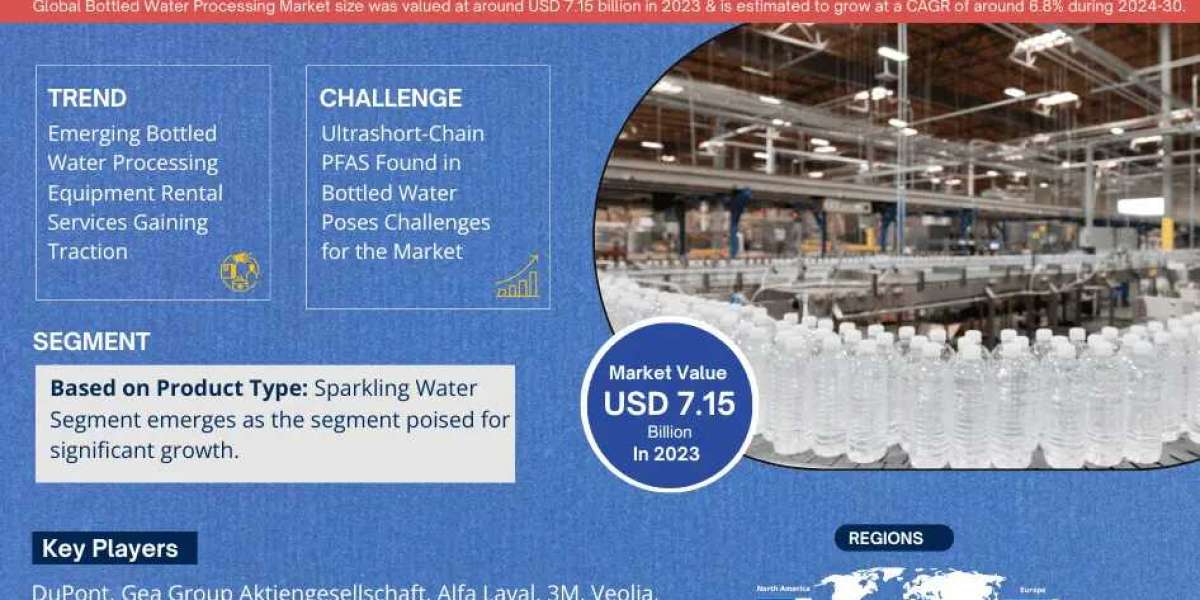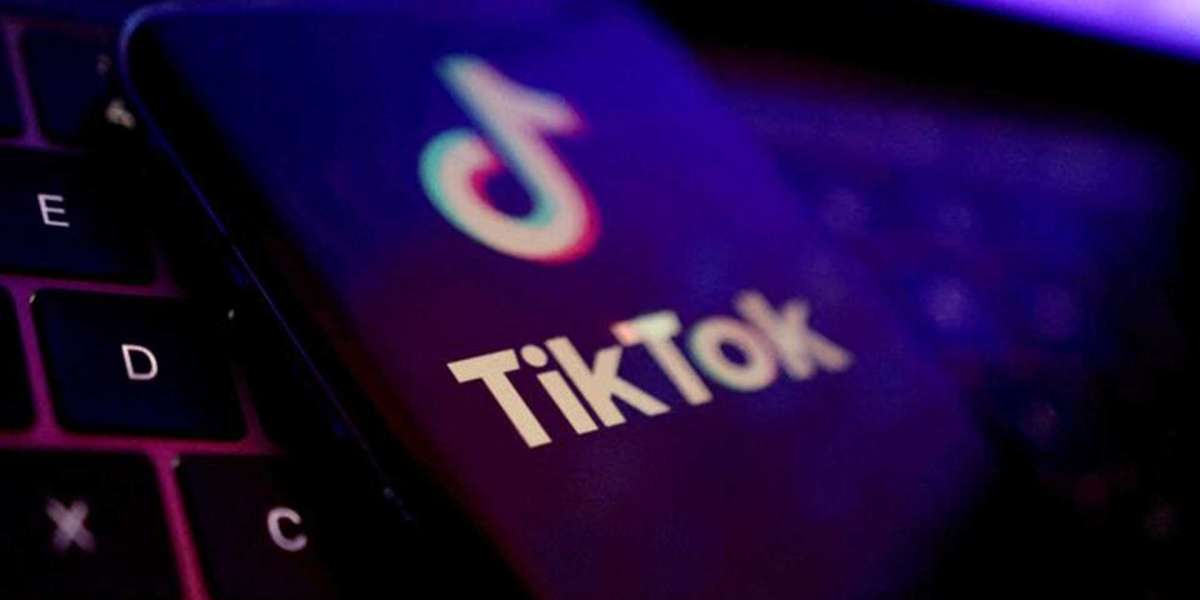The South Korea plastic surgery market size was valued at USD 1.70 billion in 2024, driven by the increasing popularity of K-Beauty standards. The market size is anticipated to grow at a CAGR of 13.20% during the forecast period of 2025-2034, achieving a value of USD 5.19 billion by 2034. South Korea has emerged as a global hub for cosmetic and plastic surgery, with a highly sophisticated healthcare system and a cultural emphasis on beauty standards, especially as shaped by K-Beauty trends. As the demand for aesthetic procedures continues to rise, South Korea’s plastic surgery market is set for substantial growth, driven by technological advancements, increasing consumer awareness, and a high level of international medical tourism. This blog post will provide a detailed analysis of the South Korea plastic surgery market, covering its key drivers, trends, segmentation, market growth, and the impact of the COVID-19 pandemic.
Get a Free Sample Report with a Table of Contents: https://www.expertmarketresearch.com/reports/south-korea-plastic-surgery-market/requestsample
South Korea Plastic Surgery Market Overview
South Korea is renowned for its highly developed plastic surgery industry, which has seen steady growth over the years. The country's advanced medical technologies, skilled surgeons, and a strong cultural focus on beauty and perfection have positioned it as one of the leading markets for cosmetic procedures worldwide. Plastic surgery is not only a key component of South Korea’s medical tourism sector but also an important part of the domestic culture, as individuals seek various procedures to enhance their appearance in line with the country’s beauty ideals, often influenced by K-pop and Korean cinema.
The South Korea plastic surgery market includes a wide range of procedures such as facial surgery (e.g., rhinoplasty, eyelid surgery, chin augmentation), body contouring (e.g., liposuction), and aesthetic dermatology (e.g., Botox, fillers). The country’s medical industry benefits from a robust infrastructure that supports cutting-edge technology and practices, ensuring high-quality results that attract both domestic clients and medical tourists from abroad.
Read Full Report with Table of Contents: https://www.expertmarketresearch.com/reports/south-korea-plastic-surgery-market
South Korea Plastic Surgery Market Dynamics
Market Drivers
Popularity of K-Beauty Standards: The rise of the global K-Beauty movement has greatly contributed to the demand for plastic surgery procedures in South Korea. The global fascination with Korean beauty standards, which emphasize a youthful, flawless appearance, has led many individuals—both within South Korea and abroad—to seek cosmetic treatments. The global appeal of K-pop idols and Korean actresses, who often undergo cosmetic enhancements to achieve these beauty ideals, has significantly influenced public attitudes toward plastic surgery.
Medical Tourism: South Korea is one of the leading destinations for medical tourism, especially for cosmetic and plastic surgery. The country’s world-class facilities, skilled surgeons, and relatively affordable prices (compared to Western countries) have made it a popular choice for international patients. The ease of access, coupled with high-quality services, attracts a steady stream of patients from regions such as Southeast Asia, the Middle East, and even the United States.
Technological Advancements: South Korea’s advanced technology and innovative practices in plastic surgery have played a crucial role in expanding the market. From minimally invasive procedures such as non-surgical facelifts to robotic-assisted surgeries, the use of cutting-edge technologies has made plastic surgery more accessible, efficient, and less invasive, boosting demand for these procedures.
Rising Disposable Income: As disposable income increases in South Korea, more people are opting for cosmetic procedures as a way to enhance their appearance and boost self-confidence. The growing middle class, coupled with a societal emphasis on beauty, has made plastic surgery more acceptable and attainable for a larger segment of the population.
Social Media Influence: Social media platforms, including Instagram, YouTube, and others, have significantly impacted the popularity of cosmetic procedures. With the rise of influencers and beauty bloggers sharing their transformation stories, people are increasingly seeking plastic surgery to achieve a more polished and camera-ready look, driving demand for a variety of aesthetic treatments.
Aging Population: South Korea’s aging population is contributing to the growth of anti-aging treatments. The demand for procedures such as facelifts, Botox injections, and skin rejuvenation treatments is expected to increase as more individuals seek solutions to maintain a youthful appearance as they age.
Market Restraints
High Cost of Procedures: While South Korea offers high-quality plastic surgery services, the cost of certain procedures can still be prohibitive for some individuals, especially for more complex surgeries or treatments requiring extended recovery periods. This may limit the accessibility of plastic surgery for lower-income populations.
Psychological Effects: While plastic surgery can provide physical transformations, it may also result in psychological effects, including body dysmorphia or unrealistic expectations about the outcome. The mental health implications of cosmetic surgery are a concern, particularly among younger individuals who may feel societal pressure to meet beauty standards.
Regulatory Challenges: Despite South Korea’s highly regarded medical industry, concerns related to unregulated clinics and procedures may affect consumer confidence. The industry faces scrutiny over safety standards and ethical concerns, with occasional reports of malpractice or failed surgeries. This poses a challenge to the long-term stability of the market.
External South Korea Plastic Surgery Market Trends
1. Increased Demand for Non-Surgical Procedures
There is a growing preference for non-surgical cosmetic treatments due to their lower costs, shorter recovery times, and reduced risks compared to traditional surgical options. Non-surgical procedures like Botox injections, dermal fillers, and laser treatments are gaining traction in South Korea, especially among younger people who are looking to enhance their appearance without undergoing surgery.
2. Focus on Personalized Treatments
Plastic surgeons in South Korea are increasingly offering personalized treatment plans that cater to individual patient needs, rather than providing standardized procedures. This trend is a response to the growing demand for customized solutions that target specific concerns such as facial asymmetry or body contouring.
3. Rise of Minimally Invasive Surgeries
Minimally invasive surgeries are becoming more popular in South Korea. These procedures often require smaller incisions, result in less scarring, and offer quicker recovery times compared to traditional surgeries. Technologies such as laser treatments, endoscopic surgery, and fat grafting are gaining popularity due to their lower risk and less invasive nature.
4. Cosmetic Surgery for Men
While South Korea’s plastic surgery market has historically been dominated by women, an increasing number of men are seeking aesthetic enhancements. Procedures like jawline contouring, rhinoplasty, and hair transplants are becoming more common among male clients, driven by changing societal attitudes toward male grooming and appearance.
South Korea Plastic Surgery Market Segmentation
The South Korea plastic surgery market can be segmented based on procedure type, patient demographics, and end-user.
1. By Procedure Type
Facial Surgery: This includes rhinoplasty (nose surgery), blepharoplasty (eyelid surgery), and chin augmentation. Facial surgeries are some of the most popular procedures in South Korea, driven by the demand for facial perfection in line with K-Beauty ideals.
Body Contouring: Liposuction, tummy tucks, and breast augmentation are popular body contouring procedures in South Korea. These procedures are commonly sought by individuals looking to achieve a slimmer, more proportionate figure.
Non-Surgical Procedures: Botox, dermal fillers, chemical peels, and laser treatments fall under this category. Non-surgical procedures are gaining popularity due to their affordability and minimal recovery time.
2. By Patient Demographics
Female Patients: Women continue to be the largest demographic group seeking plastic surgery in South Korea. Procedures such as rhinoplasty, eyelid surgery, and breast augmentation are highly popular among female patients.
Male Patients: While traditionally the market has been female-dominated, the number of male patients seeking plastic surgery is increasing, particularly in procedures related to facial rejuvenation and body contouring.
3. By End-User
Private Clinics: Private clinics are the primary providers of plastic surgery services in South Korea. These clinics offer a wide range of aesthetic procedures, including both surgical and non-surgical options.
Hospitals: Some hospitals in South Korea also offer plastic surgery services, especially for more complex procedures. Hospitals are typically preferred for major surgeries such as facelifts or extensive body contouring.
South Korea Plastic Surgery Market Growth
The South Korea plastic surgery market is expected to grow at a significant pace, driven by factors such as the popularity of K-Beauty, increasing disposable income, advancements in medical technology, and rising medical tourism. The growing acceptance of plastic surgery as a norm in society and the expanding range of available treatments further support the market’s positive outlook.
Recent South Korea Plastic Surgery Market Developments
In recent years, South Korea has seen the emergence of new technologies and procedures in the plastic surgery market. Innovations such as 3D simulation software, robot-assisted surgeries, and non-invasive fat removal techniques are gaining popularity. Additionally, the rise of virtual consultations and online platforms for plastic surgery services has made it easier for patients to access information and book appointments remotely.
South Korea Plastic Surgery Market Scope
The South Korea plastic surgery market holds significant growth potential. With its established reputation as a global leader in aesthetic medicine, the market is poised to continue expanding. Factors such as growing disposable income, rising beauty consciousness, and advancements in minimally invasive treatments are expected to drive market expansion.
South Korea Plastic Surgery Market Analysis
The analysis of the South Korea plastic surgery market shows robust growth prospects. The country’s advanced healthcare system, along with its strong cultural emphasis on beauty standards, creates a fertile environment for the plastic surgery industry to thrive. With increasing consumer demand and technological advancements, the market is expected to continue its upward trajectory.
COVID-19 Impact Analysis
The COVID-19 pandemic had a noticeable impact on the South Korea plastic surgery market. During the peak of the pandemic, elective procedures were postponed, and there was a temporary slowdown in medical tourism. However, the market has shown signs of recovery as patients resume treatments and seek aesthetic procedures. The pandemic also accelerated the use of telemedicine and virtual consultations in the plastic surgery space, a trend that may continue post-pandemic.
Key Players in the South Korea Plastic Surgery Market
Bio Plastic Surgery Clinic (Headquarters: South Korea) Bio Plastic Surgery Clinic is one of the leading providers of cosmetic and reconstructive surgeries in South Korea, offering a wide range of aesthetic procedures, including facial and body surgeries.
VIP International Plastic Surgery Center (Headquarters: South Korea) VIP International Plastic Surgery Center is a prominent clinic offering high-end plastic surgery services, including non-surgical and minimally invasive procedures. The clinic has built a strong reputation among international medical tourists.
Merz Asia Pacific Pte. Ltd. (Headquarters: Germany) Merz is a global leader in aesthetic medicine and a key player in the South Korean market, providing cutting-edge products for non-surgical treatments such as botulinum toxin injections and dermal fillers.
(FAQ)
1. What are the most common plastic surgery procedures in South Korea?
The most common procedures include rhinoplasty, blepharoplasty (eyelid surgery), liposuction, and breast augmentation.
2. How has K-Beauty influenced the plastic surgery market in South Korea?
K-Beauty has significantly influenced the plastic surgery market by promoting beauty standards that emphasize facial symmetry, youthful appearance, and flawless skin, leading to increased demand for cosmetic procedures.
3. What is the future outlook for the South Korea plastic surgery market?
The South Korea plastic surgery market is expected to grow at a robust pace, driven by increasing consumer demand, advancements in technology, and a growing medical tourism sector.
4. How has the COVID-19 pandemic affected the South Korea plastic surgery market?
While the pandemic temporarily slowed the market due to restrictions on elective procedures, the industry is recovering as demand for aesthetic treatments resumes, with an increased focus on virtual consultations.



